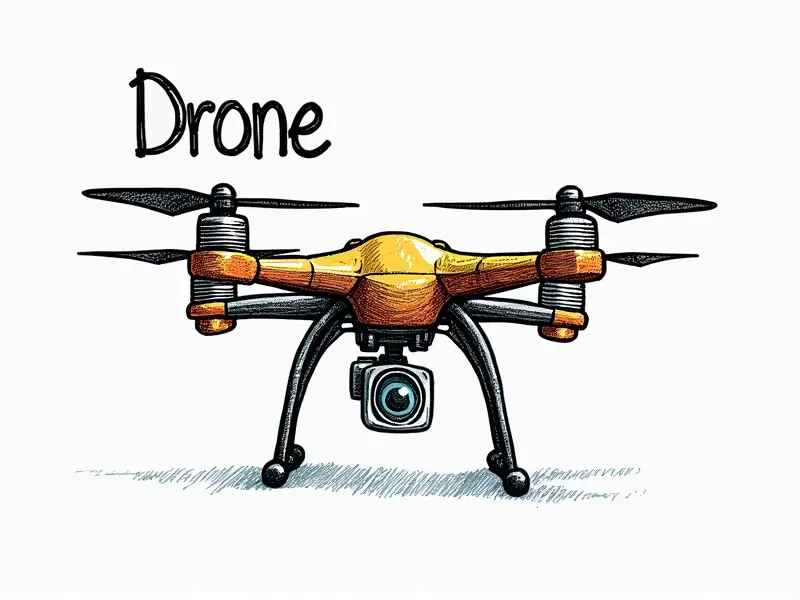Legal flying distances?

Legal Flying Distances for RC and Drone Aircraft
The world of remote-controlled (RC) aircraft and drones is a fascinating one, full of excitement and innovation. Whether you are an enthusiast looking to push the limits in FPV racing or simply want to enjoy recreational flying with your RC helicopter or plane, understanding legal flying distances is crucial. This article will delve into the regulations set forth by the Federal Aviation Administration (FAA) and other governing bodies to ensure safe and compliant operation of various types of aircraft.
FAA Rules for Drone Flying Range
The FAA has stringent rules regarding how far drones can fly from their operator. According to Part 107 of the Federal Aviation Regulations, a drone must remain within visual line-of-sight (VLOS) of its pilot at all times during flight. This typically means that the drone should be no more than four hundred feet horizontally and five hundred feet vertically from the operator.
Additionally, drones are not allowed to fly over people or moving vehicles unless they have received a waiver from the FAA. These restrictions aim to prevent accidents and protect public safety.
Max Distance to Fly FPV Racing Drones
Flying FPV (First Person View) racing drones presents unique challenges due to their high speeds and agility. While standard RC aircraft are subject to visual line-of-sight rules, FPV racers often seek the maximum distance they can legally fly.
The FAA does not provide specific guidelines for FPV racing distances but adheres strictly to VLOS regulations. Racers should maintain a clear view of their drone at all times and avoid flying beyond what is safe or legal.
RC Plane Flying Regulations & Boundaries
For RC planes, the FAA's Part 107 rules apply similarly to drones but with some additional considerations. RC pilots must ensure they operate within designated airspace and follow local ordinances that may restrict flying over populated areas or sensitive sites.
Typically, the maximum distance for an RC plane is also limited by visual line-of-sight, though this can vary depending on specific model capabilities and environmental factors such as visibility conditions.
Legal Flying Radius for RC Helicopters
RC helicopters are subject to similar FAA regulations as other types of remote-controlled aircraft. The legal flying radius is generally restricted by visual line-of-sight, meaning the helicopter should remain within a four hundred-foot horizontal and five hundred-foot vertical distance from its operator.
Pilots must also adhere to local laws and avoid operating over populated areas or sensitive locations without proper authorization.
Safe Distance Limits for RC Aircraft
To ensure safe operation, it's important to establish clear boundaries for your RC aircraft flights. Safe distance limits vary based on the type of aircraft but are generally governed by visual line-of-sight rules set forth by the FAA.
- Drones: Maximum four hundred feet horizontally and five hundred feet vertically from operator.
- FPV Racing Drones: Follow VLOS guidelines while maximizing flight distances within legal constraints.
- RC Planes & Helicopters: Adhere to visual line-of-sight limits, typically four hundred feet horizontally and five hundred feet vertically.
Drone Laws: How Far Can You Fly?
The legality of flying drones extends beyond just distance limitations; it also includes adherence to airspace rules and restrictions. Drones are not permitted in restricted airspaces without proper clearance from the FAA, such as near airports or military installations.
Pilots must also consider privacy laws when operating over private property and obtain necessary permissions before flying over residential areas.
RC Quadcopter Legal Flight Distances
An RC quadcopter is essentially a drone and therefore falls under the same FAA regulations. The legal flight distance for an RC quadcopter is limited by visual line-of-sight, meaning it should stay within four hundred feet horizontally and five hundred feet vertically from its operator.
Like other drones, quadcopters must avoid flying over people or moving vehicles without a waiver from the FAA.
Safe Flying Limits for RC Airplanes
The safe flying limit for RC airplanes is generally defined by visual line-of-sight regulations. Operators should maintain a clear view of their aircraft at all times and stay within four hundred feet horizontally and five hundred feet vertically from the flight control point.
Pilots must also be aware of local restrictions, such as no-fly zones around airports or other sensitive areas.
FPV Racing: Legal Flight Boundaries
In FPV racing, pilots aim to maximize performance while adhering to legal boundaries. The FAA requires that all flights remain within visual line-of-sight, which can be challenging given the high speeds and agility of FPV drones.
Racers should establish clear flight paths ahead of time and ensure compliance with airspace restrictions and local ordinances.
RC Drone Legal Flying Distances
The legal flying distances for RC drones are well-defined by FAA regulations. The drone must remain within visual line-of-sight, typically four hundred feet horizontally and five hundred feet vertically from its operator.
Additional considerations include avoiding flight over people or moving vehicles without a waiver and adhering to airspace restrictions around airports and other sensitive areas.
Understanding RC Aircraft Regulations
To fully appreciate the legal flying distances for RC aircraft, it's essential to understand the broader regulatory framework. The FAA oversees all unmanned aerial systems (UAS) operations in the United States, issuing guidelines that cover everything from initial certification requirements to ongoing compliance.
Pilots must stay informed about updates and changes to regulations to ensure their flights remain legal and safe.
Conclusion
Maintaining awareness of legal flying distances is critical for all RC aircraft enthusiasts. Whether you are piloting a drone, an FPV racing drone, or an RC plane or helicopter, understanding and adhering to FAA guidelines ensures not only compliance but also safety and enjoyment in your hobby.

